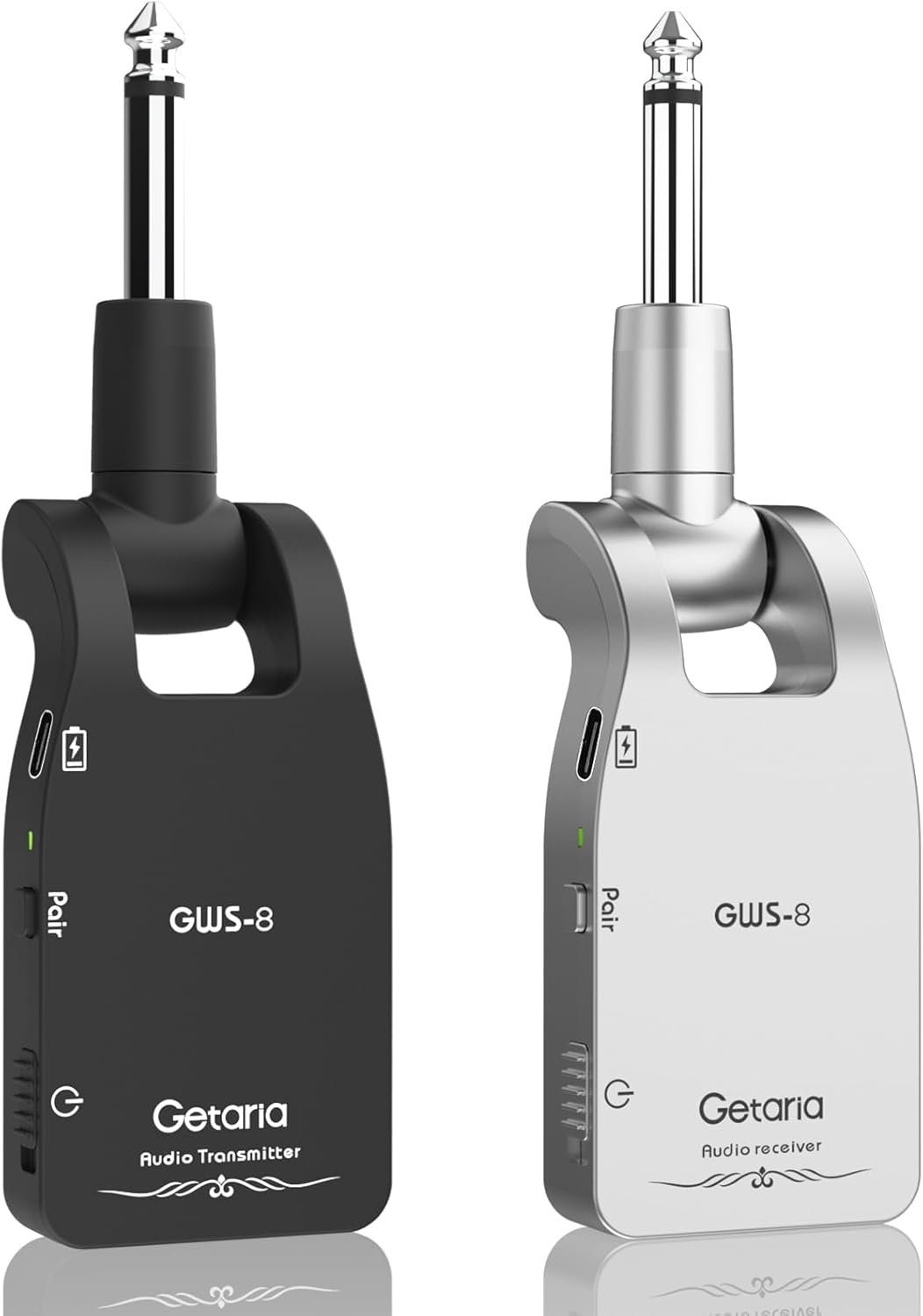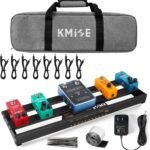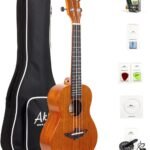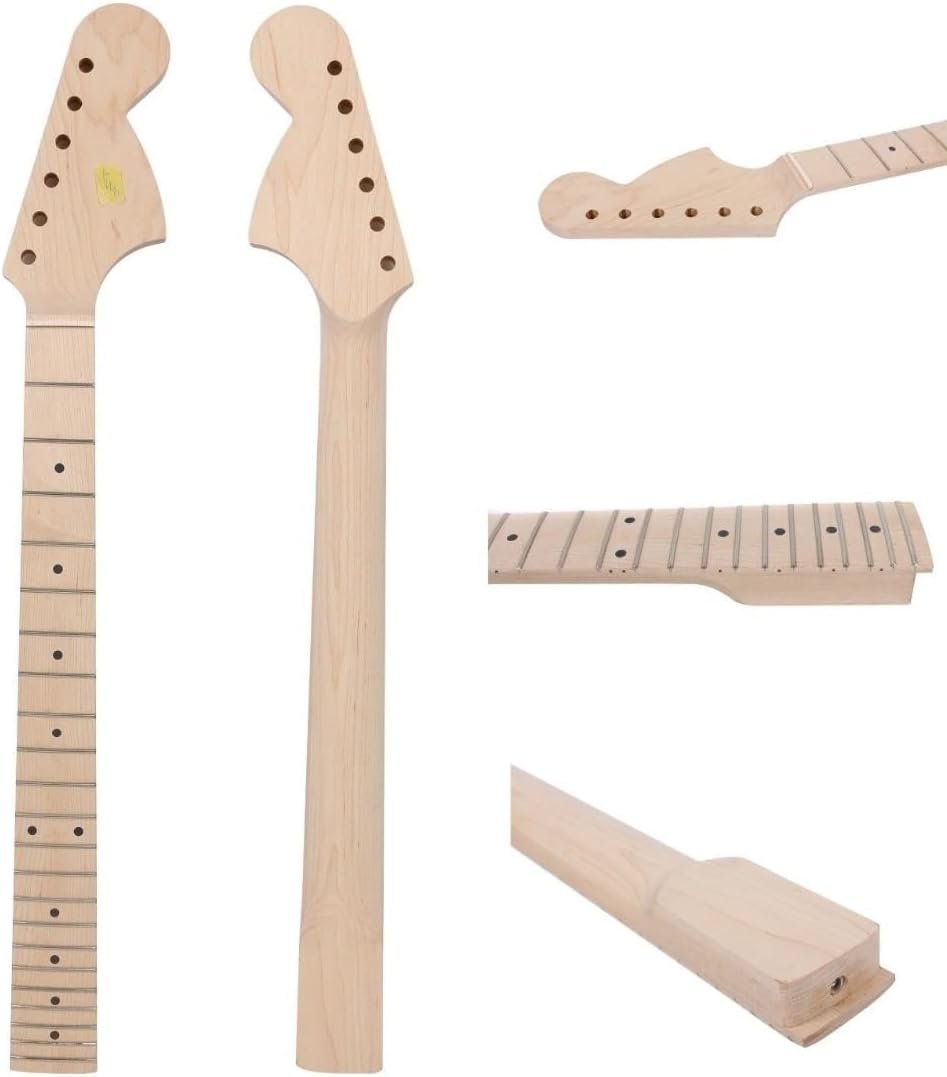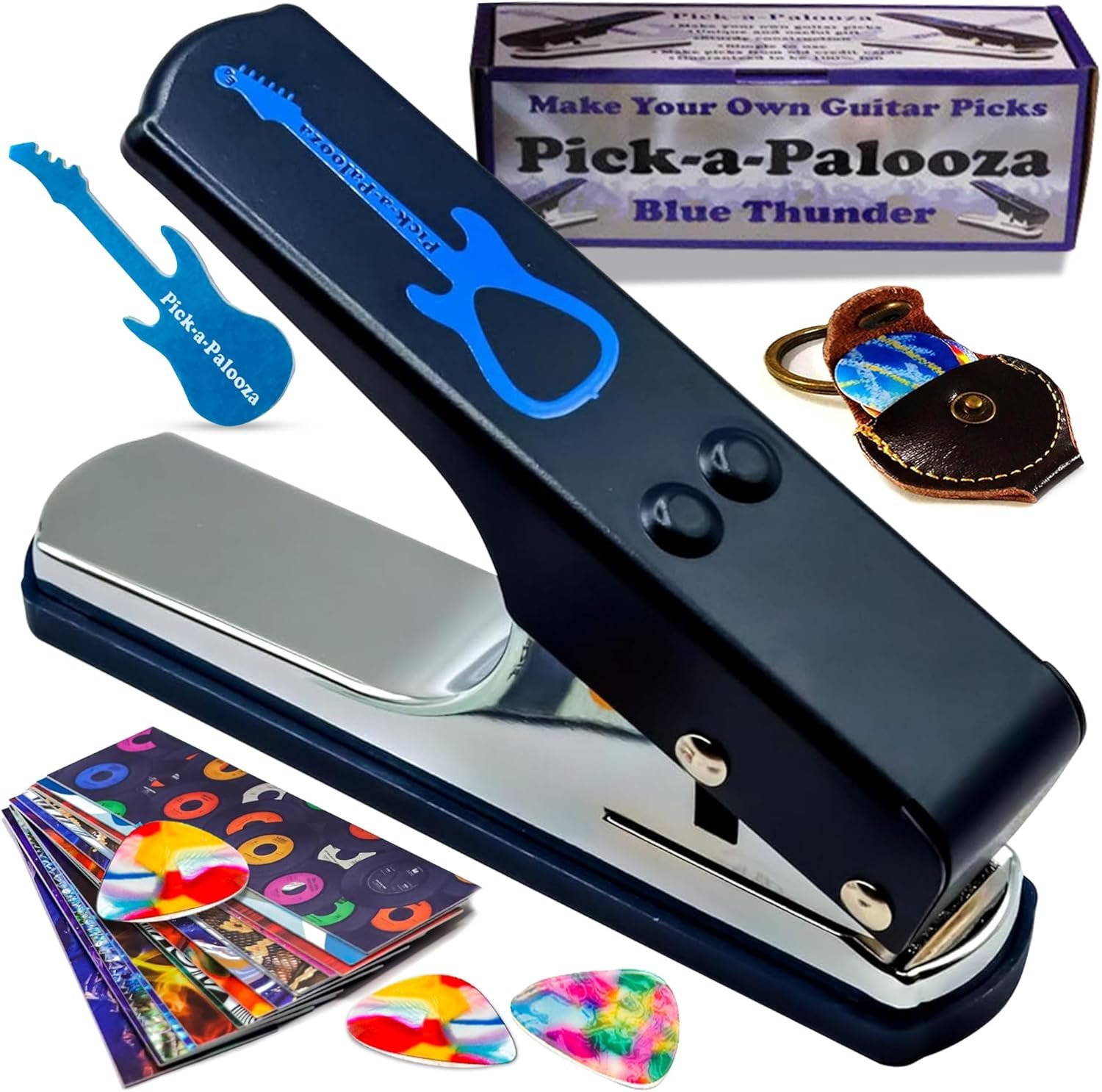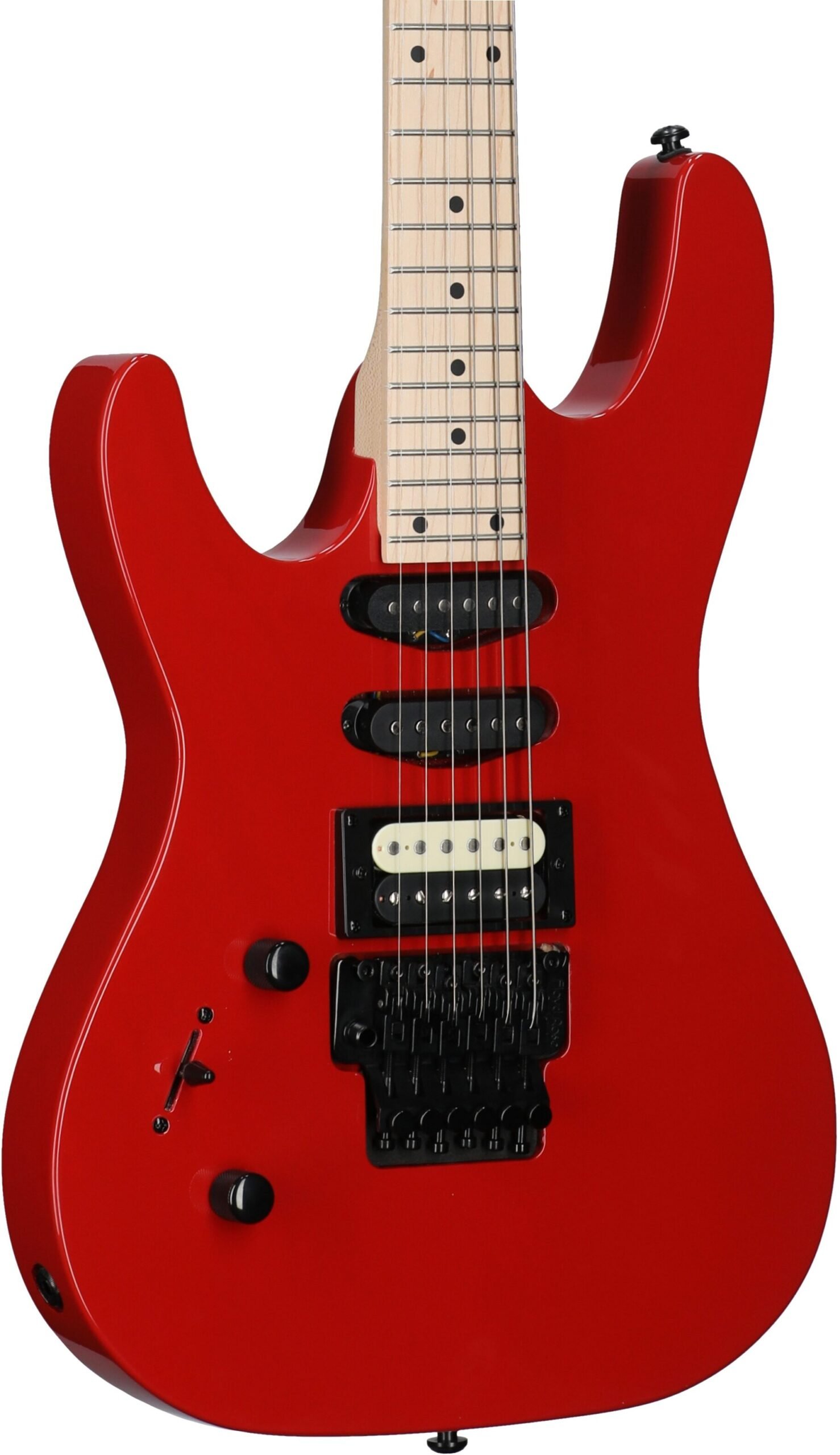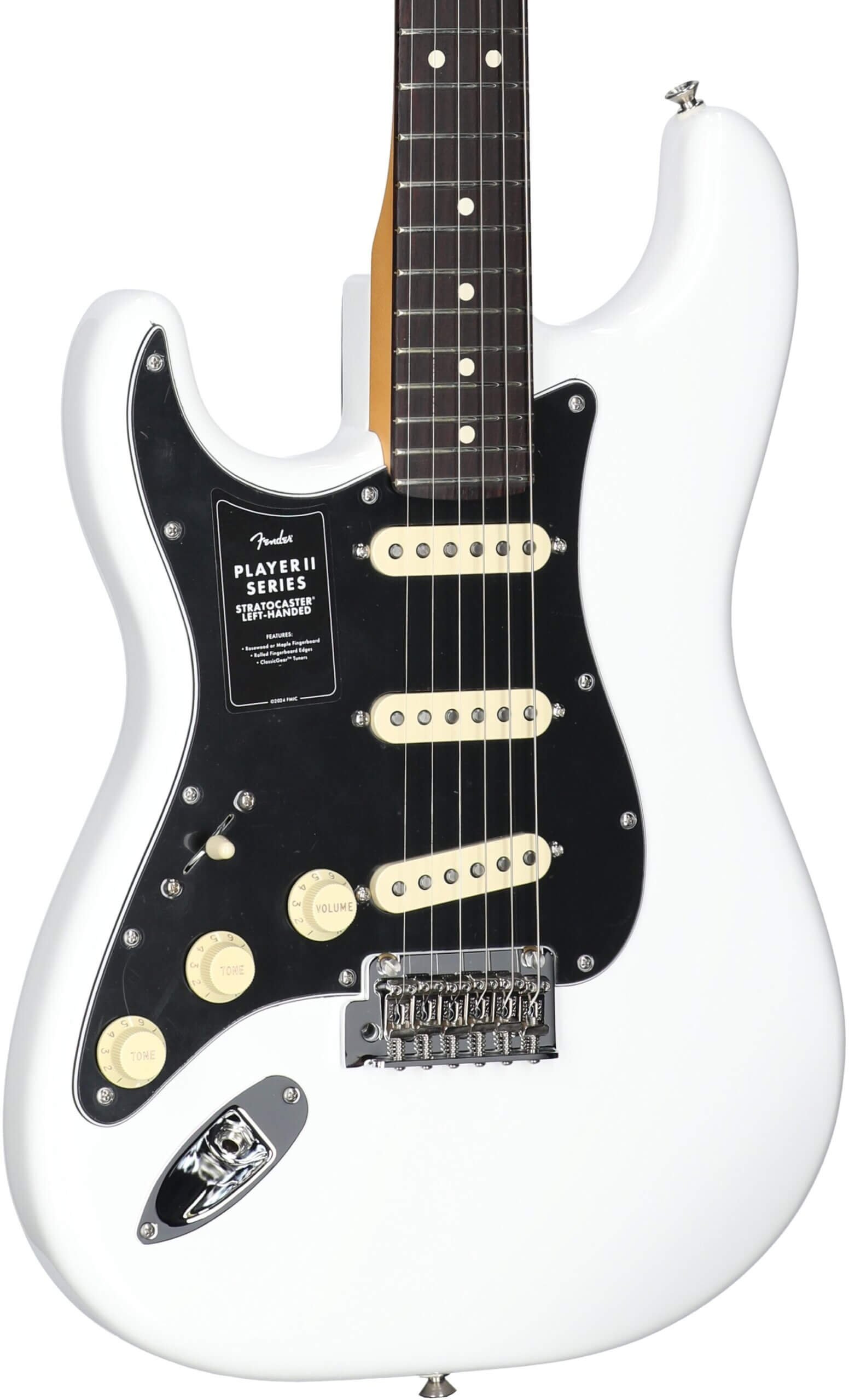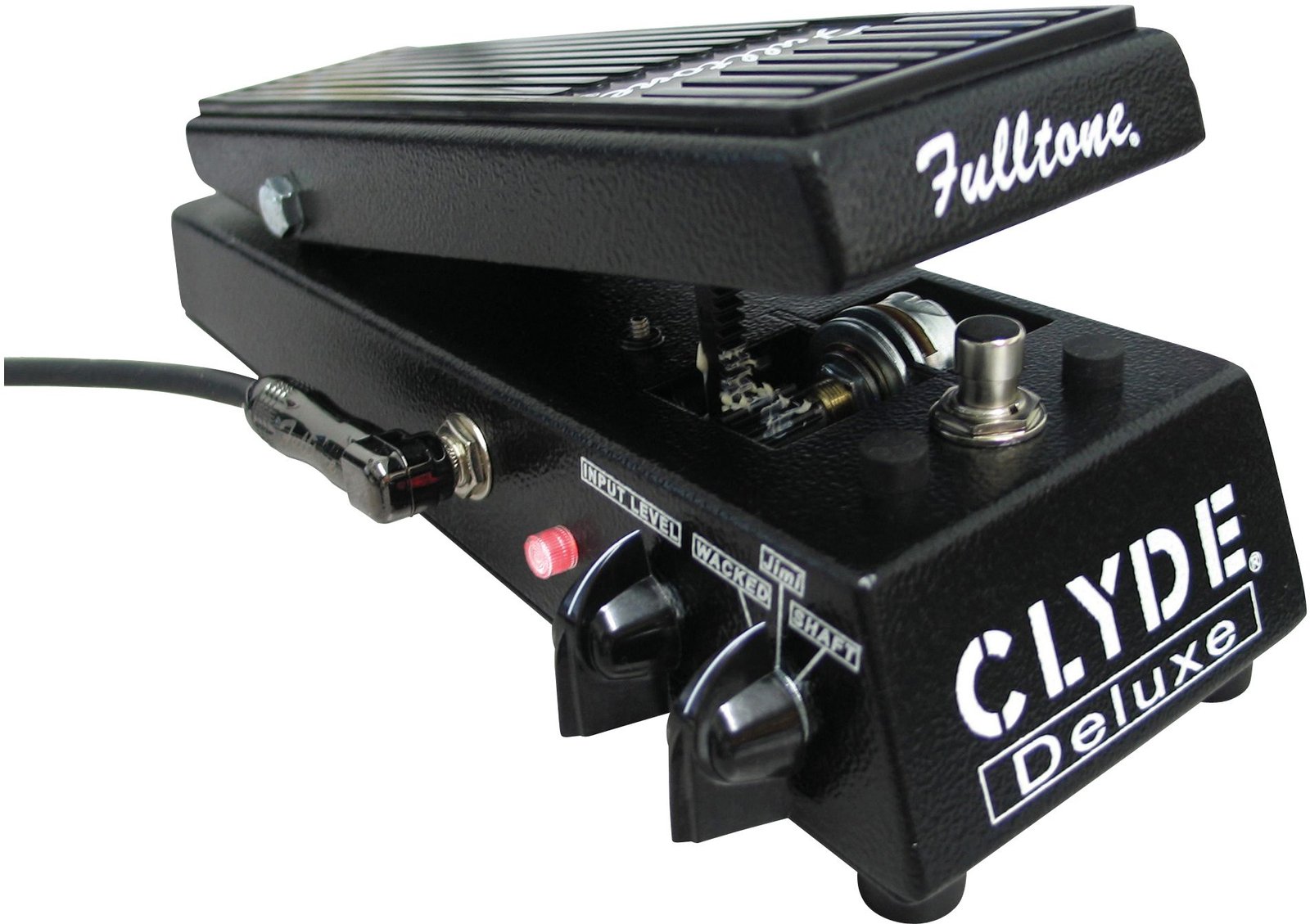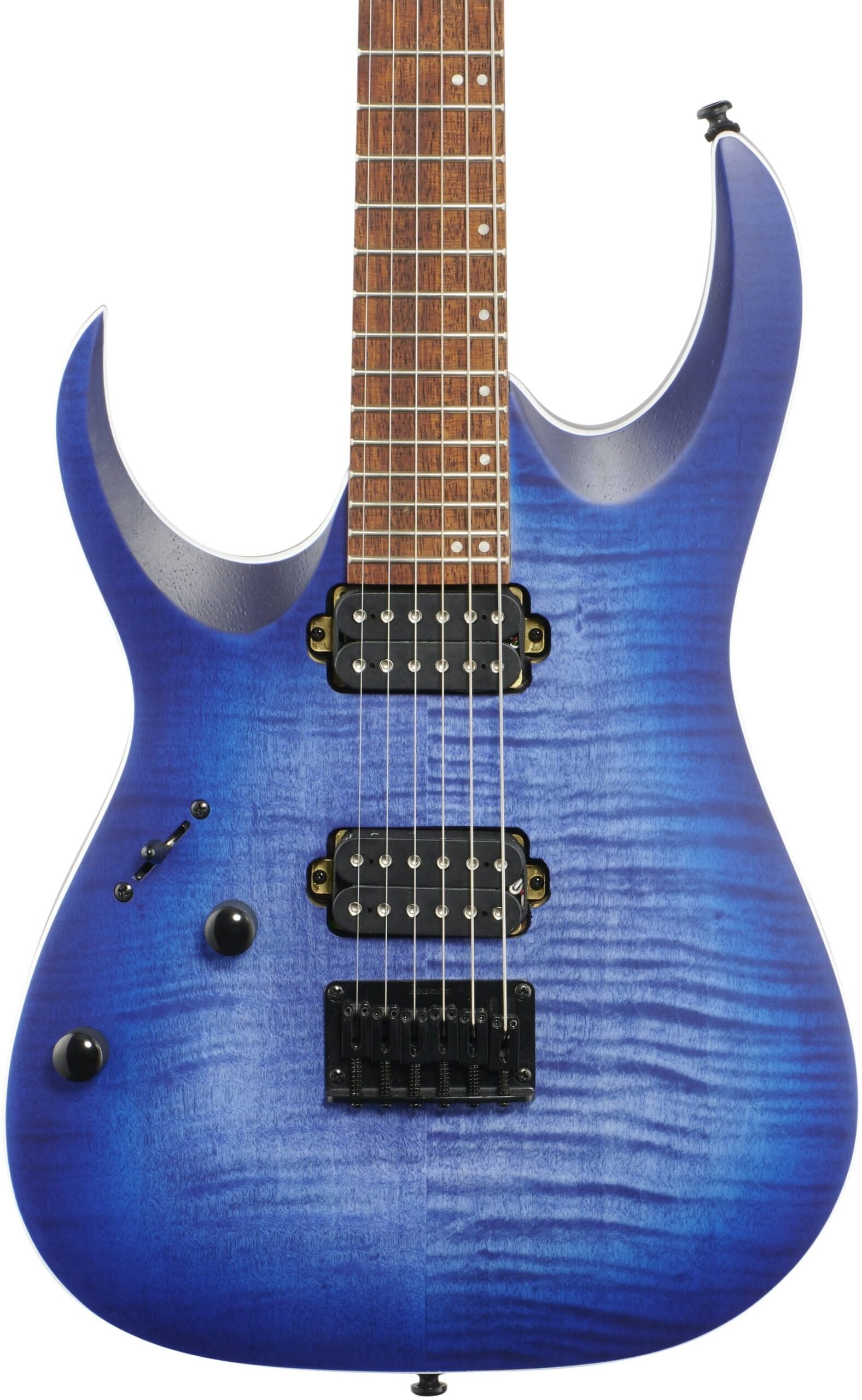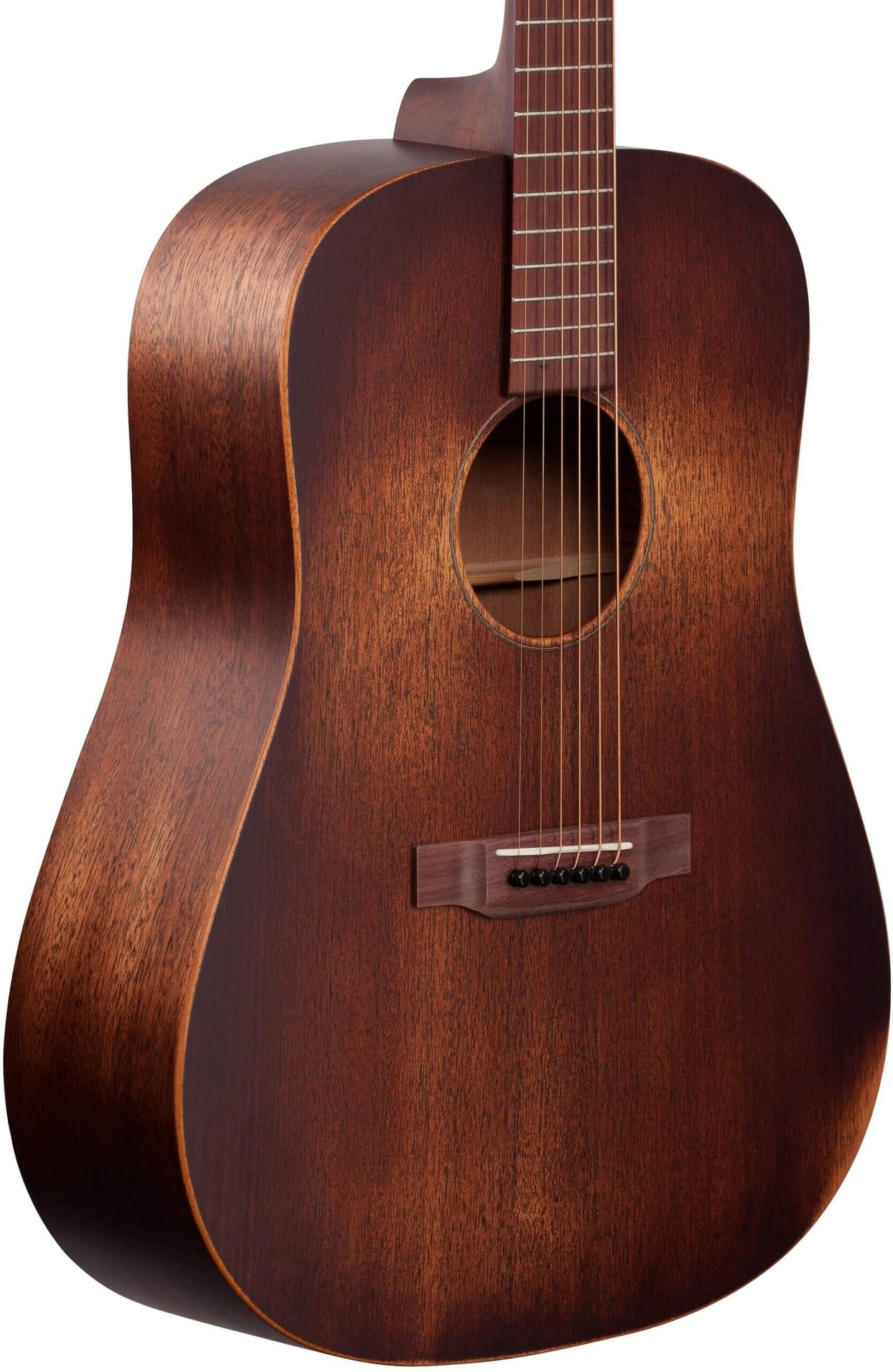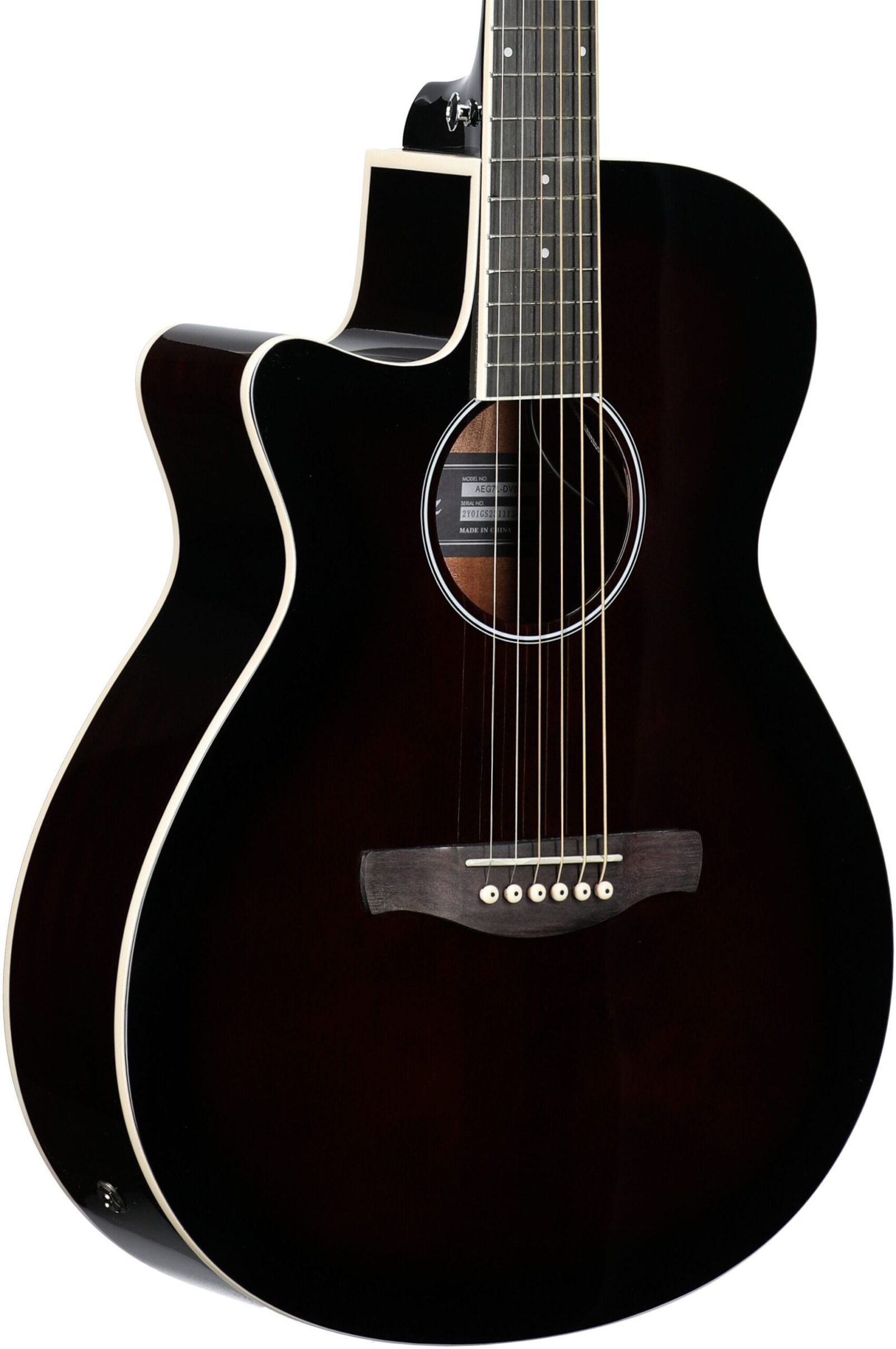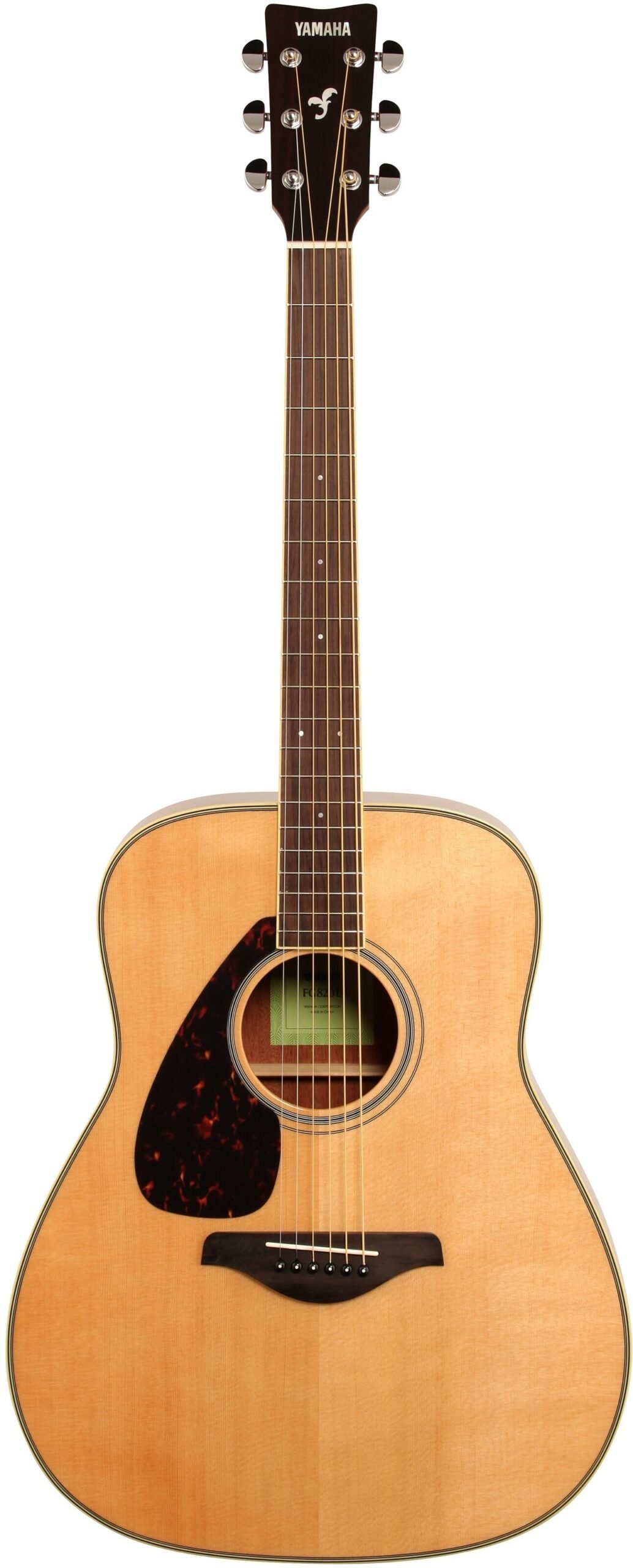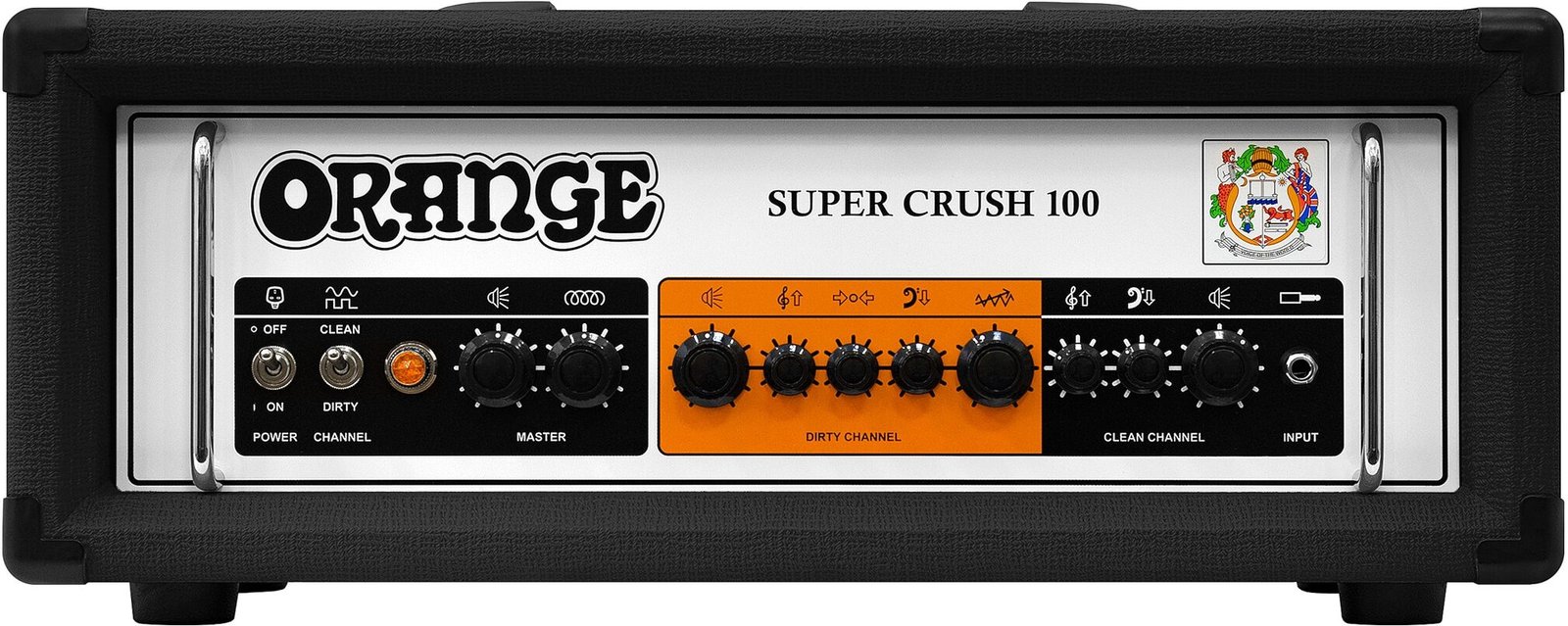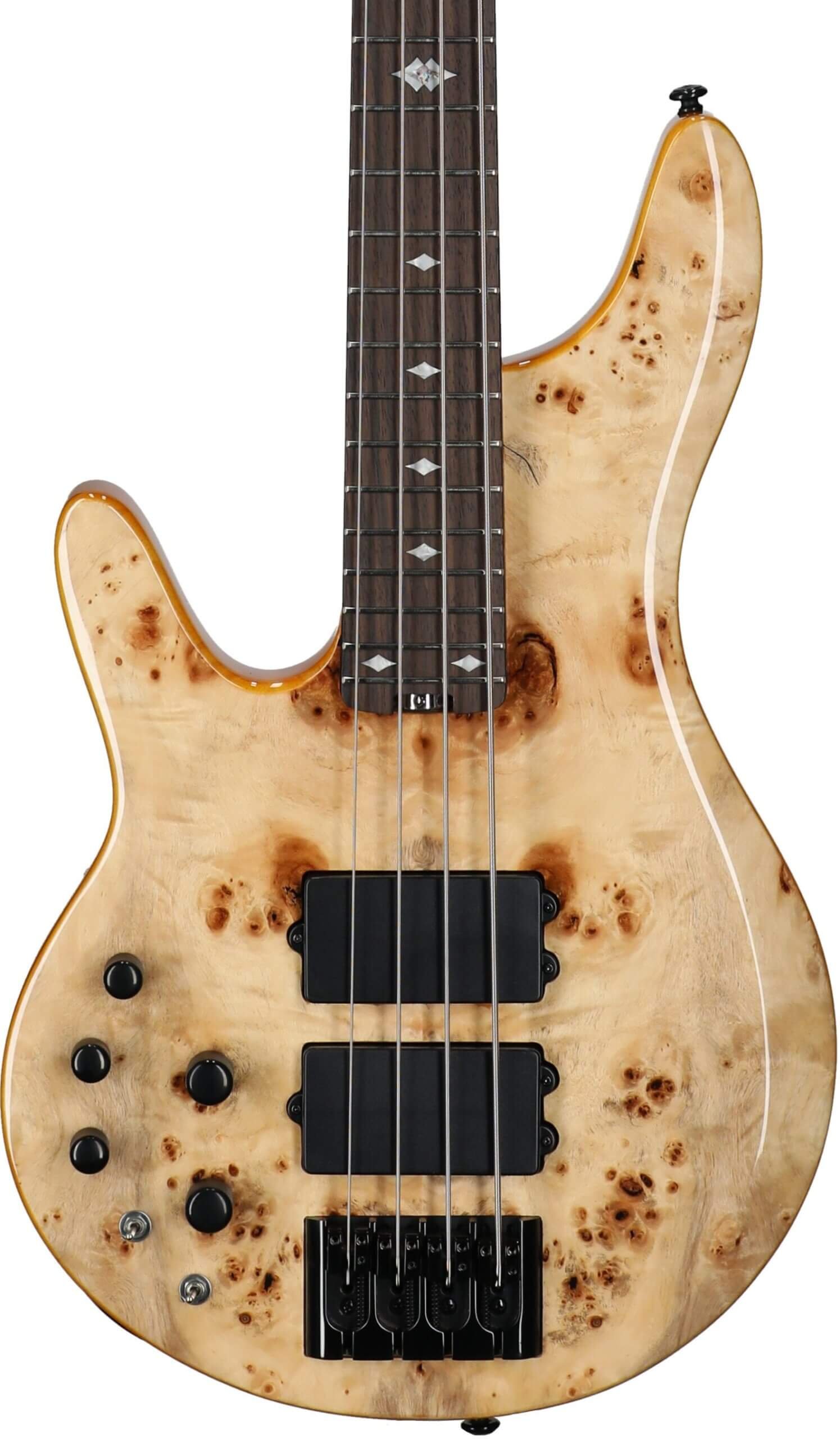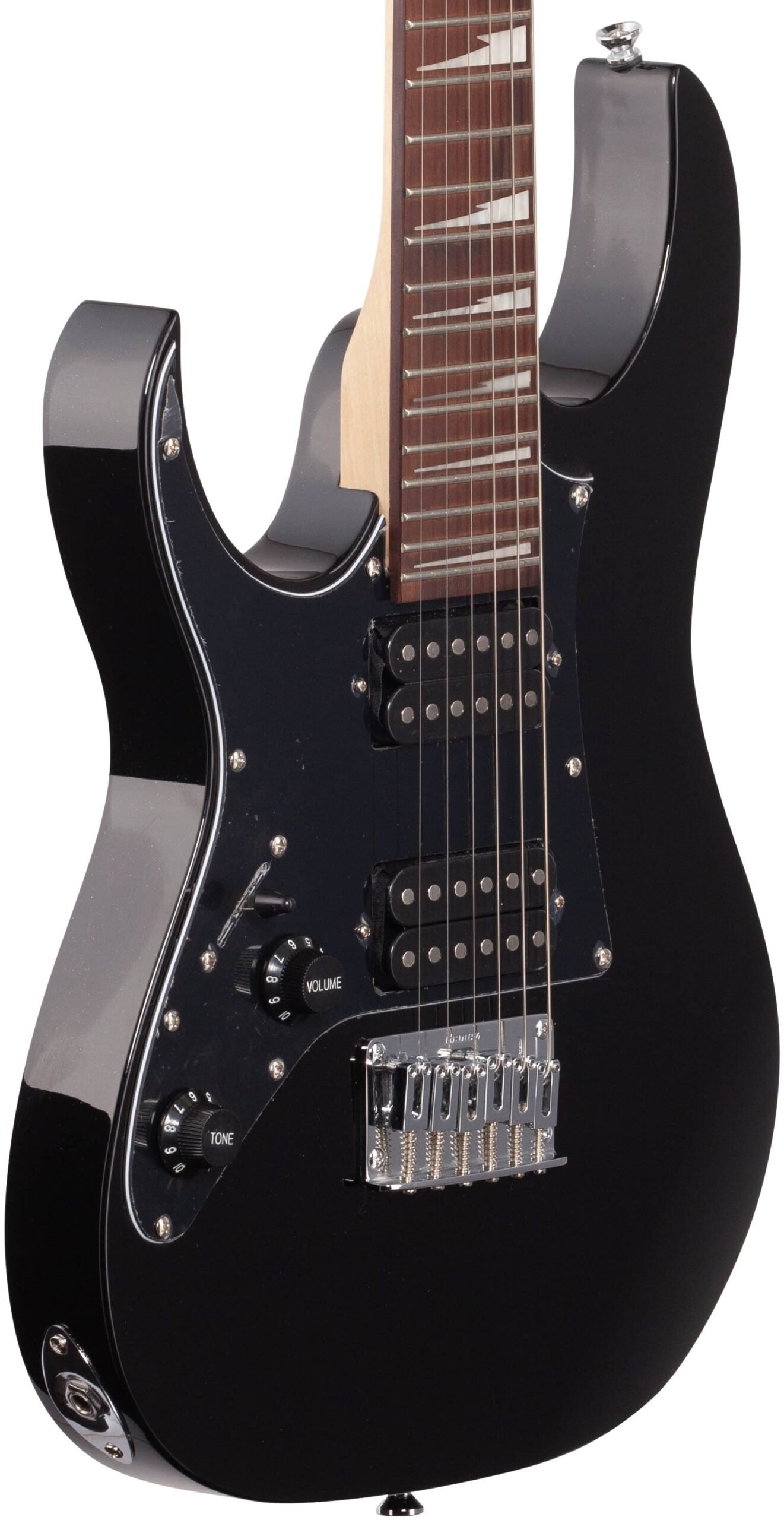Introduction to Wireless Guitar Systems
Wireless guitar systems have transformed the way musicians approach performance and sound delivery. Traditionally, guitarists were tethered to their amplifiers by long cables, limiting their movement and expression on stage. The advent of wireless technology has resolved these constraints, allowing musicians to enjoy unparalleled freedom while performing. Over the years, these systems have evolved significantly, from earlier analog systems to more sophisticated digital solutions. Among these advancements, the 2.4GHz wireless guitar system has become increasingly popular due to its efficiency and reliable performance.
The evolution of wireless technology has shifted the perception of what a guitarist can achieve during a performance. With the introduction of 2.4GHz systems, musicians can experience higher fidelity audio transmission, which reduces latency and ensures that notes are delivered in real-time. This frequency band offers a clearer signal with minimal interference, making it a preferred choice for those who prioritize sound quality. Electric guitar and bass players can now roam freely on stage, engaging with their audience and bringing an energetic dynamic to their performances without worrying about tripping over wires or experiencing signal dropouts.
One of the most notable advantages of utilizing a 2.4GHz wireless guitar system is the flexibility it provides in various performance settings, from small venues to large festivals. Such systems allow for easy setup and quick adjustments, enabling musicians to focus primarily on their artistry. Additionally, modern wireless systems often include features such as battery life indicators, automatic frequency selection, and easy pairing, making them accessible to players of all skill levels. As wireless technology continues to advance, the practicality and reliability of these systems solidify their place in the modern musician’s toolkit.
The Advantages of 2.4GHz Technology
The implementation of 2.4GHz technology in wireless guitar systems presents a multitude of advantages that cater to both live performers and studio musicians. One of the standout features of a 2.4GHz wireless guitar system is its remarkably low latency. This characteristic is essential for maintaining the instant connection required between the guitarist and their instrument. Musicians often experience frustration with delays inherent in traditional wired systems; however, the 2.4GHz frequency ensures a seamless experience, enabling real-time interaction that is crucial during live performances and recording sessions.
In addition to reduced latency, the sound quality associated with 2.4GHz systems is superior compared to many other wireless technologies available today. These systems are capable of delivering a clear and precise audio signal, maintaining the integrity of the original sound without the degradation often found in competitors. This high-fidelity sound transfer allows musicians to express their creativity fully, ensuring that every note played is represented accurately in their performances and recordings.
Furthermore, interference resistance is another significant benefit of adopting a 2.4GHz wireless guitar system. The 2.4GHz frequency band is known for its robustness against environmental disruptions, which often plague other wireless devices. The ability to operate effectively in various venues, from crowded stages to studio environments filled with electronic equipment, enables musicians to focus solely on their craft without being sidetracked by technical issues. This resilience enhances the overall performance experience, granting the freedom to move without the constraints of cables while relying on a dependable connection.
With these compelling advantages, it becomes evident that a 2.4GHz wireless guitar system is an investment that many musicians should seriously consider for both live performances and studio recordings.
Built-in Rechargeable Lithium Battery Benefits
The integration of a built-in rechargeable lithium battery in a 2.4GHz wireless guitar system presents numerous advantages, significantly enhancing the user experience. One of the most notable benefits is extended battery life. Unlike traditional disposable batteries, which can deplete unexpectedly during a performance, a rechargeable lithium battery often provides several hours of continuous playtime on a single charge. This reliability is crucial for musicians who rely on their equipment to perform at optimal levels without interruption.
In addition to battery longevity, convenience plays a vital role in the appeal of rechargeable systems. Musicians can easily recharge their devices overnight or during breaks, eliminating the need to frequently buy and replace disposable batteries. This ease of use is particularly beneficial for touring musicians who may not have consistent access to retail outlets while on the road. With a 2.4GHz wireless guitar system, players can focus more on their music instead of worrying about battery levels.
Moreover, the eco-friendliness of a built-in rechargeable battery cannot be overlooked. By minimizing the consumption of disposable batteries, which contribute to landfill waste, musicians can adopt a more sustainable approach to their performances. This commitment to sustainability aligns well with the growing environmental awareness within the music community. Lastly, considering the cost-effectiveness of rechargeable batteries, musicians may find they save money in the long run. Although the initial investment might be higher, the ability to recharge and reuse significantly reduces ongoing expenses associated with frequent battery purchases.
In conclusion, the advantages of a built-in rechargeable lithium battery in a 2.4GHz wireless guitar system provide musicians with enhanced convenience, environmental responsibility, and overall cost savings. These benefits contribute to a seamless performance experience, allowing guitarists to concentrate on their craft while enjoying the freedom wireless technology affords.
How the Transmitter and Receiver Work
The primary components of a 2.4GHz wireless guitar system are the transmitter and the receiver, which work in tandem to facilitate a seamless audio experience for musicians. When the guitarist plays, the audio signal is captured by the transmitter, often integrated into a guitar clip or a belt pack. The transmitter converts the analog signal from the guitar into a digital one, which is then transmitted wirelessly via radio frequencies. This process is typically achieved using advanced codecs that ensure minimal latency and interference, thus maintaining the quality of sound response expected by active performers.
On the receiving end, the receiver captures this signal and translates it back into an analog format. It can be connected directly to an amplifier or audio interface, allowing the guitar’s sound to be projected or recorded without the constraints of traditional cables. The 2.4GHz frequency band offers a vast range of channels, which helps minimize the risk of interference from other wireless devices, enhancing the reliability of the connection. Moreover, this band is known for providing a decent range—often up to 100 feet—making it suitable for both live performances and studio settings.
Setting up a 2.4GHz wireless guitar system is straightforward, even for beginners. Typically, musicians need to plug in the transmitter and receiver, ensure they are paired correctly, and adjust the volume settings as necessary. The plug-and-play nature of these systems allows musicians of any experience level to integrate them into their setups without requiring extensive technical knowledge. Furthermore, many systems come with built-in charging options, allowing for hassle-free maintenance and extended playing time, making them an ideal choice for modern guitarists seeking mobility and convenience.
Sound Quality and Performance
The emergence of the 2.4GHz wireless guitar system has significantly transformed the way musicians experience sound quality and performance. Traditional wired setups are often limited by their physical constraints, which can introduce unwanted noise and reduce clarity. In contrast, wireless systems eliminate these restrictions, allowing artists to perform freely on stage without being tethered to their equipment. This freedom not only enhances the overall performance but also improves the clarity of sound, as wireless systems like the 2.4GHz model utilize advanced technology to deliver high-fidelity audio.
One of the key advantages of a 2.4GHz wireless guitar system is its capacity to transmit a clean and powerful signal over considerable distances. Unlike their wired counterparts, which can experience degradation over lengthy cables, wireless systems retain integrity without loss of quality. This is particularly beneficial in live performances where artists may roam across the stage, ensuring that every note played is crisp and accurate, regardless of the player’s position.
Moreover, the frequency range offered by a 2.4GHz system is tailored to optimize the performance for different music genres. For instance, the system effectively captures high frequencies typical in rock solos while maintaining the warmth needed for jazz riffs. This adaptability enhances its versatility, making it suitable for both studio recordings and live performances. Musicians can expect minimal latency and reliable connectivity, allowing for a seamless interaction between the performer and the audience.
Comparing the sound performance of wired versus wireless systems highlights the growing preference for 2.4GHz models in modern music. As artists increasingly demand greater mobility without compromising sound integrity, the 2.4GHz wireless guitar system stands out as a leading choice, promising superior sound quality that meets the needs of musicians across various settings.
User Testimonials and Experiences
Many guitarists have transitioned to a 2.4GHz wireless guitar system and are eager to share their positive experiences. One user recounts how this technology has significantly enhanced their performance during live shows. They remarked, “Switching to a wireless system has liberated my movement on stage. I can now engage more with the audience without the fear of tripping over cables, which has made my performances more dynamic.” This feedback highlights the enhanced freedom that a wireless setup can provide for musicians looking to connect more with their audience.
Another guitarist shared their thoughts on sound quality. After making the upgrade, they stated, “I was initially skeptical about whether a wireless guitar system could deliver the same sound fidelity as a wired connection. To my surprise, the 2.4GHz system not only matched but even enhanced the clarity and depth of my guitar tones.” Such testimonials reflect the advanced technology present in these systems, demonstrating that quality does not have to be compromised for convenience.
Additionally, a touring musician revealed the reliability of their 2.4GHz wireless system in various environments. They noted, “While on tour, I have to deal with all sorts of venues, and the last thing I want to worry about is signal interference. This wireless guitar system has consistently performed without a hitch, providing a robust connection no matter where I plug in.” This emphasizes the importance of a dependable wireless system, especially for professional guitarists who rely heavily on their equipment in challenging conditions.
Overall, these personal stories illustrate just how impactful a 2.4GHz wireless guitar system can be, making it a worthy consideration for any musician seeking to enhance their performance and sound quality.
Considerations Before Buying
When contemplating the purchase of a 2.4GHz wireless guitar system, several critical factors should be considered to ensure an informed decision. The first aspect to evaluate is your budget. Wireless systems come with a wide range of prices, influenced by brand reputation, features, and performance capabilities. Establishing a price range before browsing can help narrow down options and prevent overspending.
Next, compatibility with existing gear is vital. Ensure that the wireless system is compatible with your guitar, amplifier, and any other equipment you currently use. This consideration will not only optimize your sound but also enhance the performance, allowing seamless integration without requiring excessive adjustments or additional purchases.
Another important factor is the intended use of the system. Are you a guitarist performing live at concerts, jamming with friends, or recording in a studio? The context for which you plan to use your 2.4GHz wireless guitar system will heavily influence the specifications you should prioritize. For example, live performances might require a system with a longer range and better durability, while studio work may benefit from a system that offers exceptional sound clarity without interference.
It’s also wise to pay attention to the battery life and range of the wireless system. Extended battery life ensures you won’t run out of power during a performance, while a proper range allows for freedom of movement on stage without compromising sound quality. Additionally, check user reviews and product descriptions for insights into real-world performance, as this can often provide a clearer picture than technical specifications alone.
Ultimately, careful consideration of budget, compatibility, intended use, and range can lead to a satisfactory purchase that aligns perfectly with your musical needs.
Where to Buy the 2.4GHz Wireless System
Finding a reliable 2.4GHz wireless guitar system is a crucial step for guitarists looking to enhance their performance without the constraints of cables. There are several options for purchasing this equipment, ranging from online retailers to local music shops. Each option has its own advantages, offering convenience, a vast selection, and the benefit of expert assistance.
Online retailers are among the most popular choices for purchasing a 2.4GHz wireless guitar system. Websites such as Amazon, Sweetwater, and Guitar Center offer a comprehensive range of products. These platforms often provide detailed product descriptions, customer reviews, and competitive pricing, enabling customers to compare different models. Moreover, many online retailers frequently run promotions or discounts, allowing buyers to secure a favorable deal. Be sure to read customer feedback to gauge performance and reliability before making a decision.
In addition to online shopping, physical music stores often carry a selection of wireless systems for guitars. Visiting a brick-and-mortar store has the advantage of personal interaction, where customers can seek advice from knowledgeable staff. Test the equipment firsthand to assess comfort and usability. Major chain stores like Sam Ash or local music shops may have various models available, including renowned brands known for producing quality 2.4GHz systems.
For those considering used systems, platforms like eBay or Reverb can be beneficial. These websites often feature listings from individuals and shops selling second-hand equipment, which can result in cost savings. Always verify the condition, seller ratings, and return policies to ensure a satisfactory buying experience.
Ultimately, whether opting for online or in-person shopping, being informed helps in selecting the best 2.4GHz wireless guitar system to suit your needs. Take your time to research the options available to make a wise purchase decision.
Conclusion: Make the Upgrade
Investing in a 2.4GHz wireless guitar system can significantly enhance your musical performance and overall experience. The convenience of going cable-free allows musicians to move freely on stage, connect with their audience, and express themselves without the constraints of traditional wired setups. This freedom can lead to more dynamic performances and increased creativity, encouraging guitarists to experiment with their movements and stage presence.
Moreover, 2.4GHz wireless guitar systems are designed to minimize latency and interference, ensuring a clear and reliable signal. Musicians can perform with confidence, knowing that their connection will not fail in the middle of a crucial moment. The audio quality granted by these systems tends to be impressive as well, allowing for a richer sound that can elevate a performance in both live and studio settings. Furthermore, most 2.4GHz systems are user-friendly, making them accessible to players of all skill levels. Quick set-up times and intuitive controls mean that guitarists can focus on what they do best — making music.
If you are contemplating an upgrade, now is the time to consider the many advantages a 2.4GHz wireless guitar system offers. It transcends the limitations of traditional setups, encouraging a more fluid and engaging approach to playing. With improved mobility, sound quality, and ease of use, this type of system is a worthwhile consideration for serious musicians. Take the next step in your musical journey by exploring the options available. Your performances may never be the same, and the investment could pay off significantly in both creativity and enjoyment.

